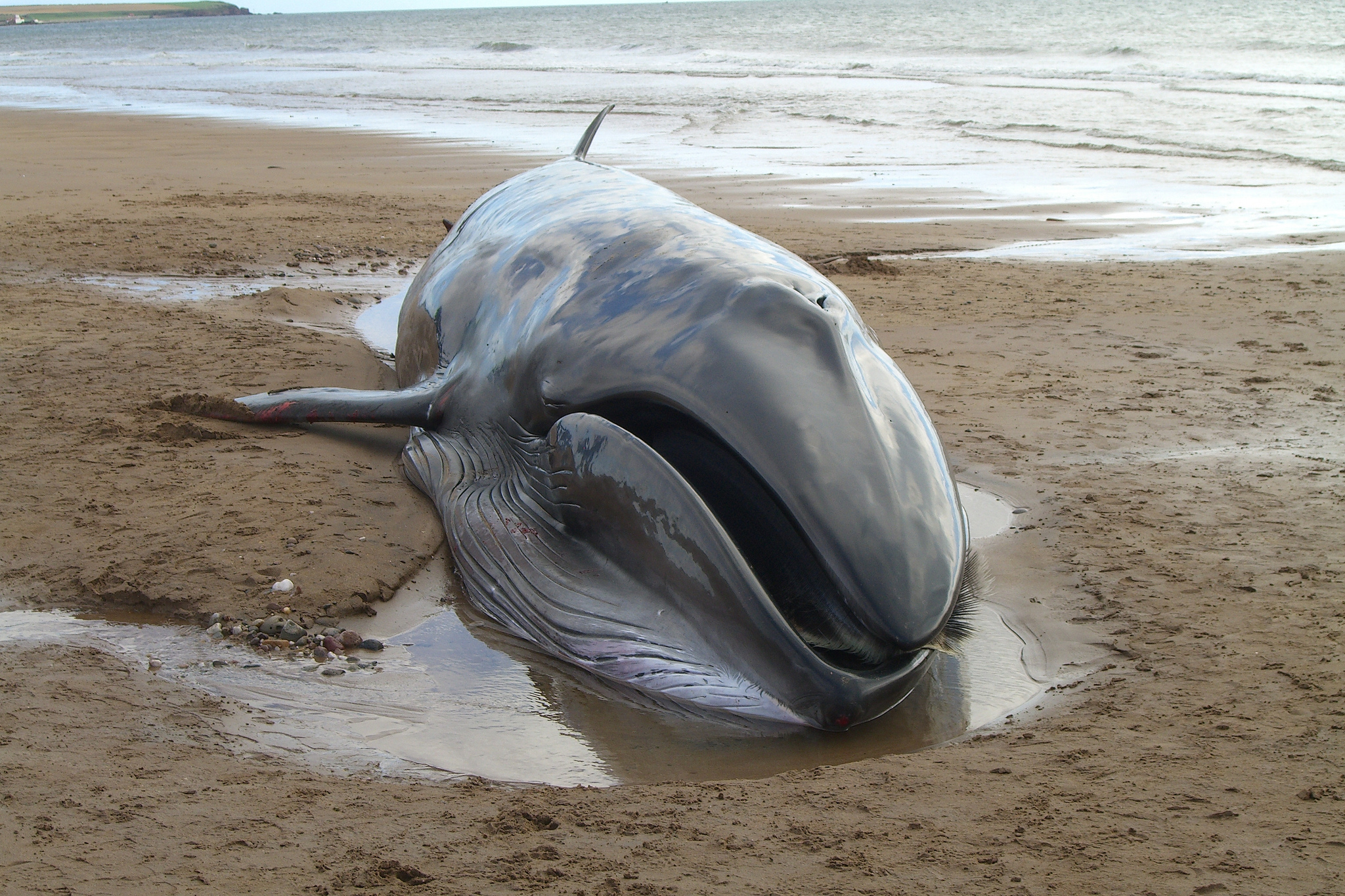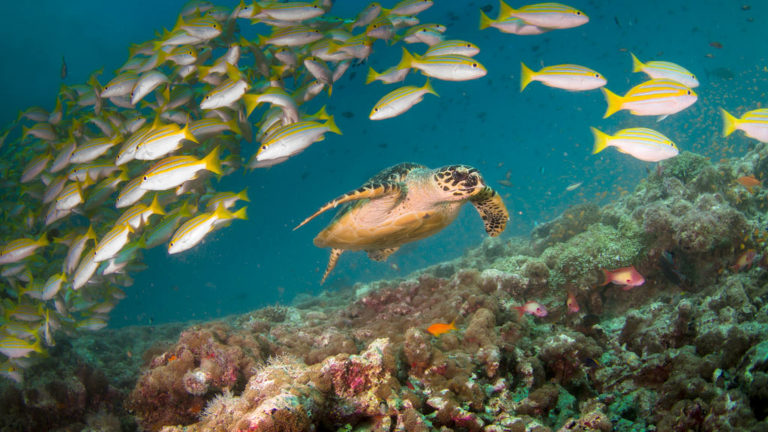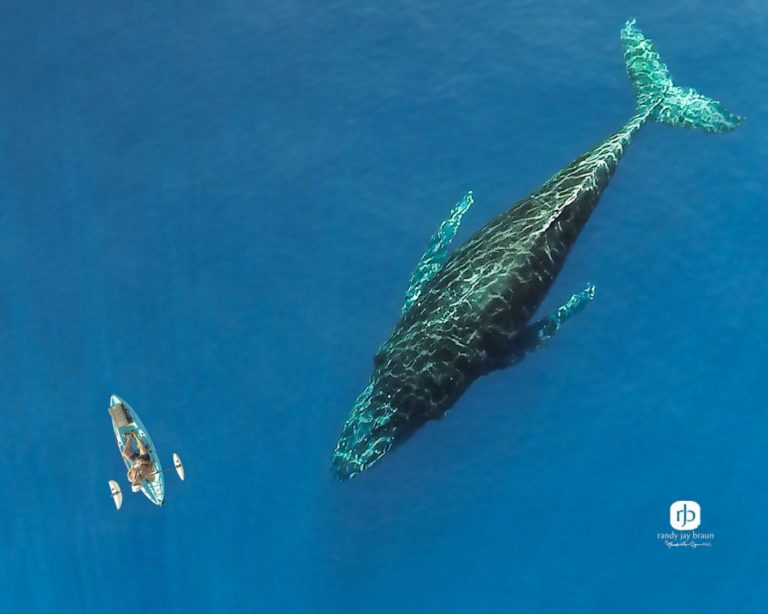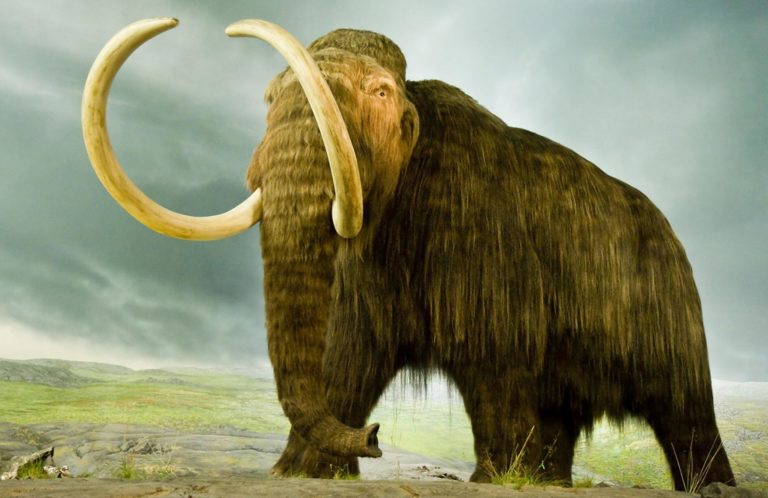This blog entry highlights Claudia Gleib’s article “Death by Killer Algae” in Hakai Magazine. Read the full article at https://www.hakaimagazine.com/features/death-killer-algae/.
Stumbling upon a beached whale the size of a semi-truck is a startling sight, but not a wholly unusual one for researchers. However, the beaches of Patagonian Chile met a group of researchers on a 2015 macroinvertebrate survey with a sight so unusual it was alarming. An impromptu aerial survey would soon reveal a total of 360 whales, no less than 343 of which were endangered sei whales, lay dead on the Golfo de Penas’ beaches. The phenomenon represents the largest single mortality event of baleen whales ever recorded.
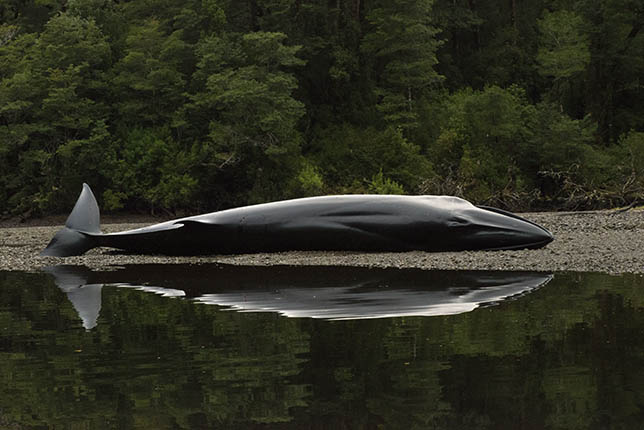
Unusual Mortality Events (UMEs) are unexpected and significant strandings of marine mammals that demand immediate response. The National Oceanic and Atmospheric Administration (NOAA) established the UME program in 1991; since that time, 68 formally recognized UMEs have been recorded. UMEs have a number of causes, including disease outbreaks, biotoxins, human interactions, and malnutrition. The die-off in Chile, they would find, resulted from the same agent that has caused the majority of recent UMEs.
The researchers returned in 2016 to investigate these mysterious deaths, and a different graveyard greeted them. Skeletons worn bare littered the beach—a remnant of their original findings the year before—joined now by new casualties, some stranded only weeks prior. The sei whales, third-largest of the baleen whales, had fallen victim to a tiny, yet toxic foe: algae.
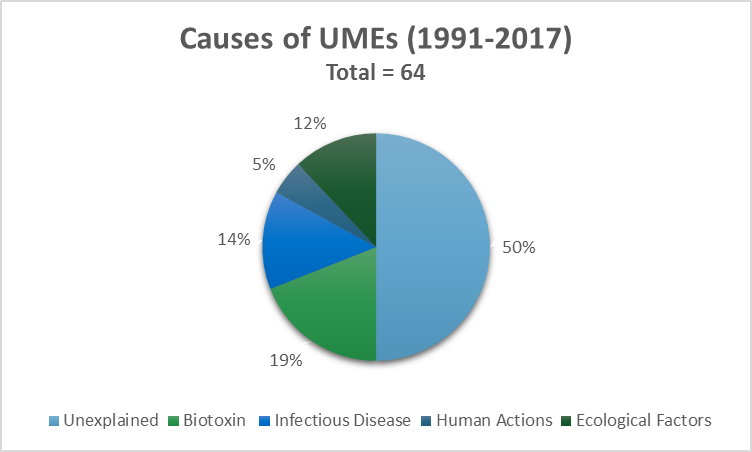
The scientists measured a myriad of variables in the environment to ascertain what spurred the algal overgrowth in 2015. The greatest clue turned out to be the unusually high water temperature. An El Niño event from January 2015 to June 2016 shifted the wind and water currents of the globe, allowing warm water to flow into the region between Oceania and South America. El Niño events and their effects have been documented for centuries, but only recently have such massive outbreaks of toxic algae been observed.
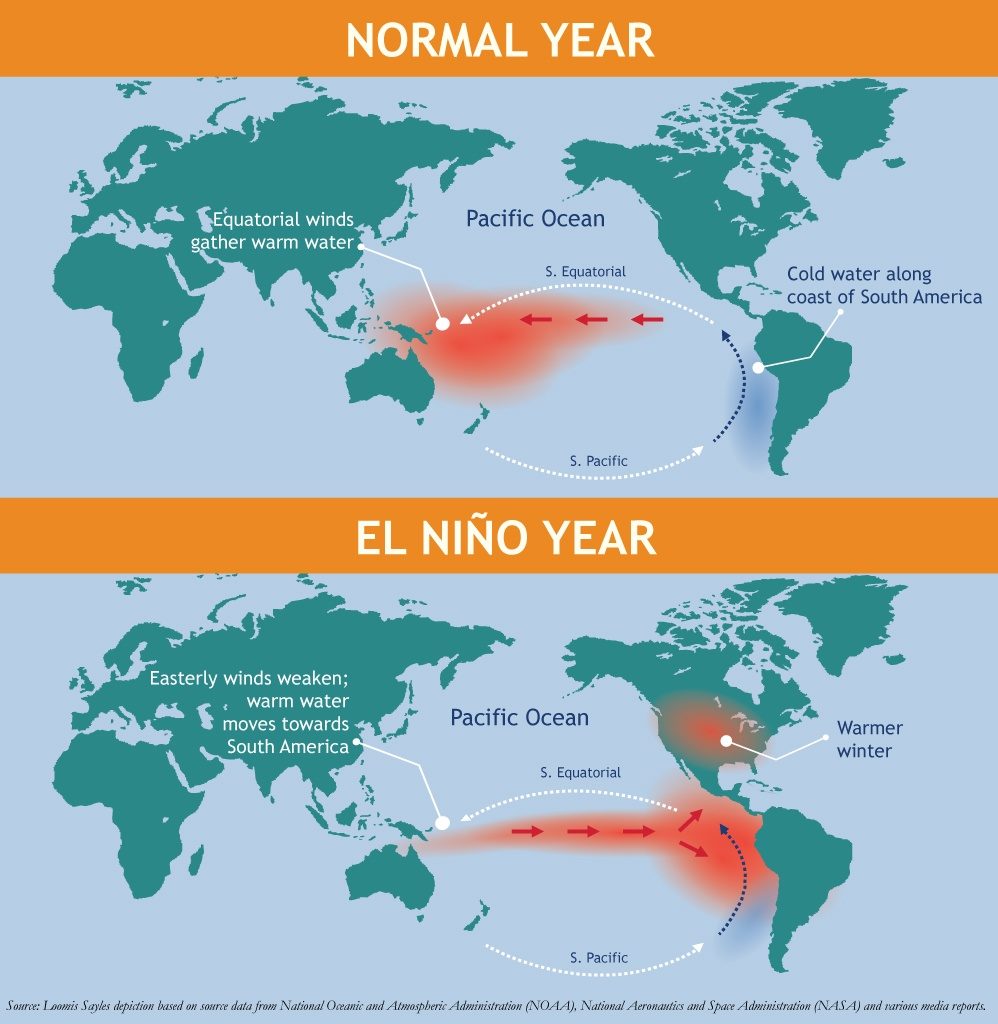
Harmful algal blooms (HABs) were first documented in the late 1990s, when they caused a UME of California sea lions. The algae that form these blooms, though small, produce potent neurotoxins like domoic acid, which cause seizures, paralysis, and death among marine animals. Algae, warmer waters, or an influx of nutrients—none of these factors is enough on its own to overwhelm a species and cause such a mass die-off. In concert, however, this combination of risk factors forms a perfect storm, giving us the severe and unusual mortality events from HABs that we have seen over the past two decades.
During 2015, samples, tests, and observations of HABs poured in from California to Washington to Alaska; by the time the Chilean researchers boarded their research vessel to investigate the Golfo de Penas deaths in 2016, the effects of the El Niño and HABs had been noted across the western hemisphere. The bloom now reached from Southern California to Alaska’s Aleutian Islands: the largest, longest-lasting, and most toxic HAB ever recorded.
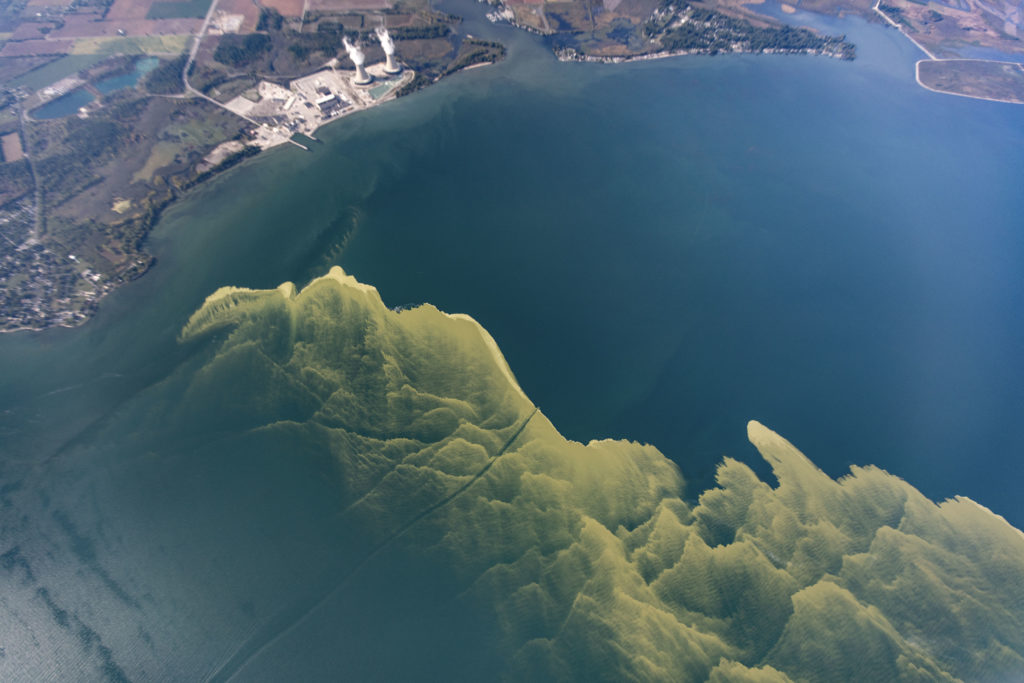
Photo Credit: Aerial Associates Photography, Inc. by Zachary Haslick.
Algae thrive under certain conditions: warm nutrient-rich waters. Agricultural fertilizers are packed with these nutrients, nitrogen and phosphorous, which runoff from the fields to the rivers, and eventually the ocean. Combined with warming oceans and increased oceanic CO2 content due to climate change, HABs are given everything they need to grow out of control.
As with other extreme events, a changing climate and warming seas facilitate HABs abilities to devastate. Natural events, now more frequent and severe than ever, pose unpredictable dangers to the world as we know it. Tomorrow, it seems, is more of a mystery today than ever before.
For sources used in this blog and additional resources on this topic, please see the Resources page.

